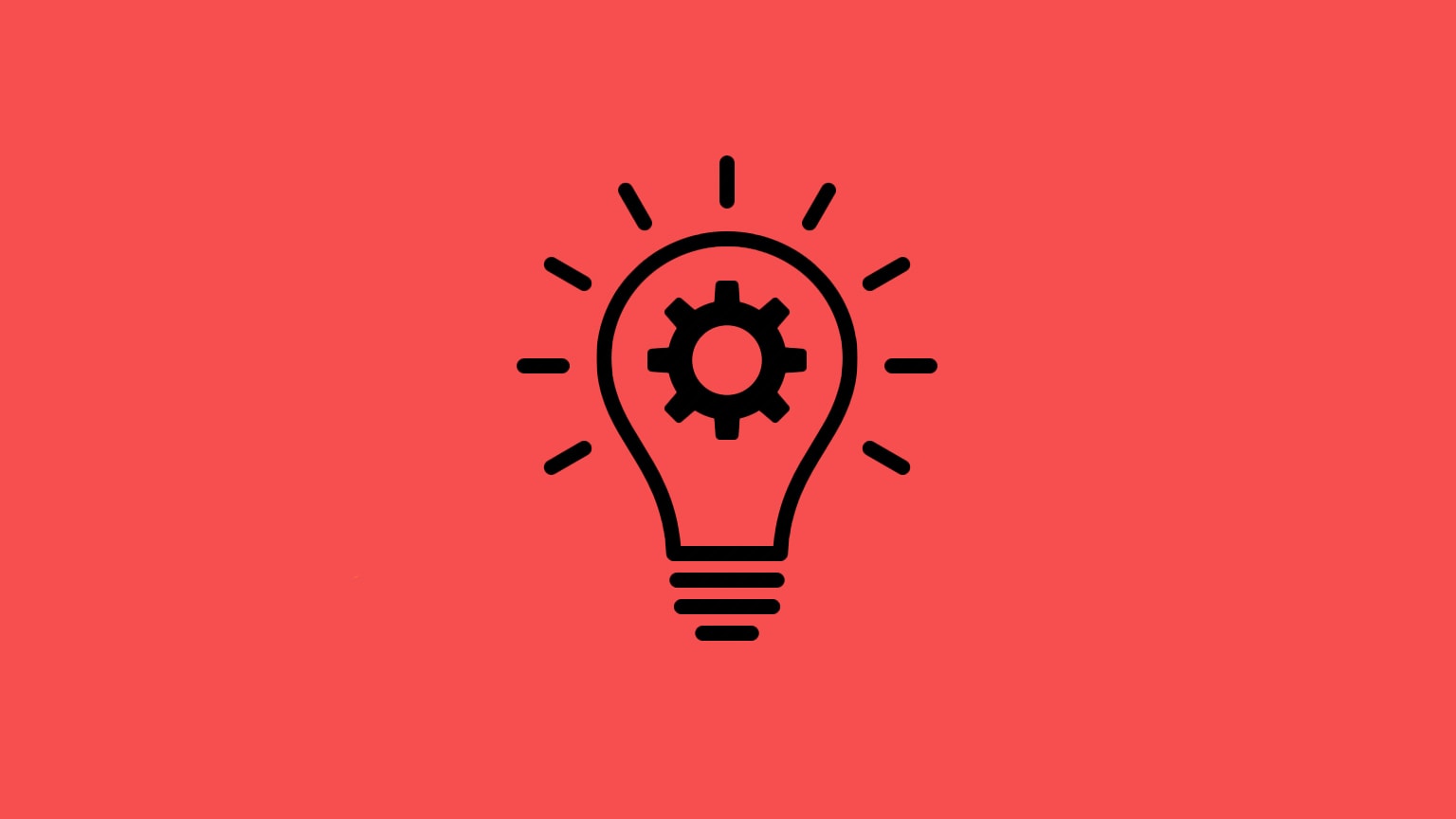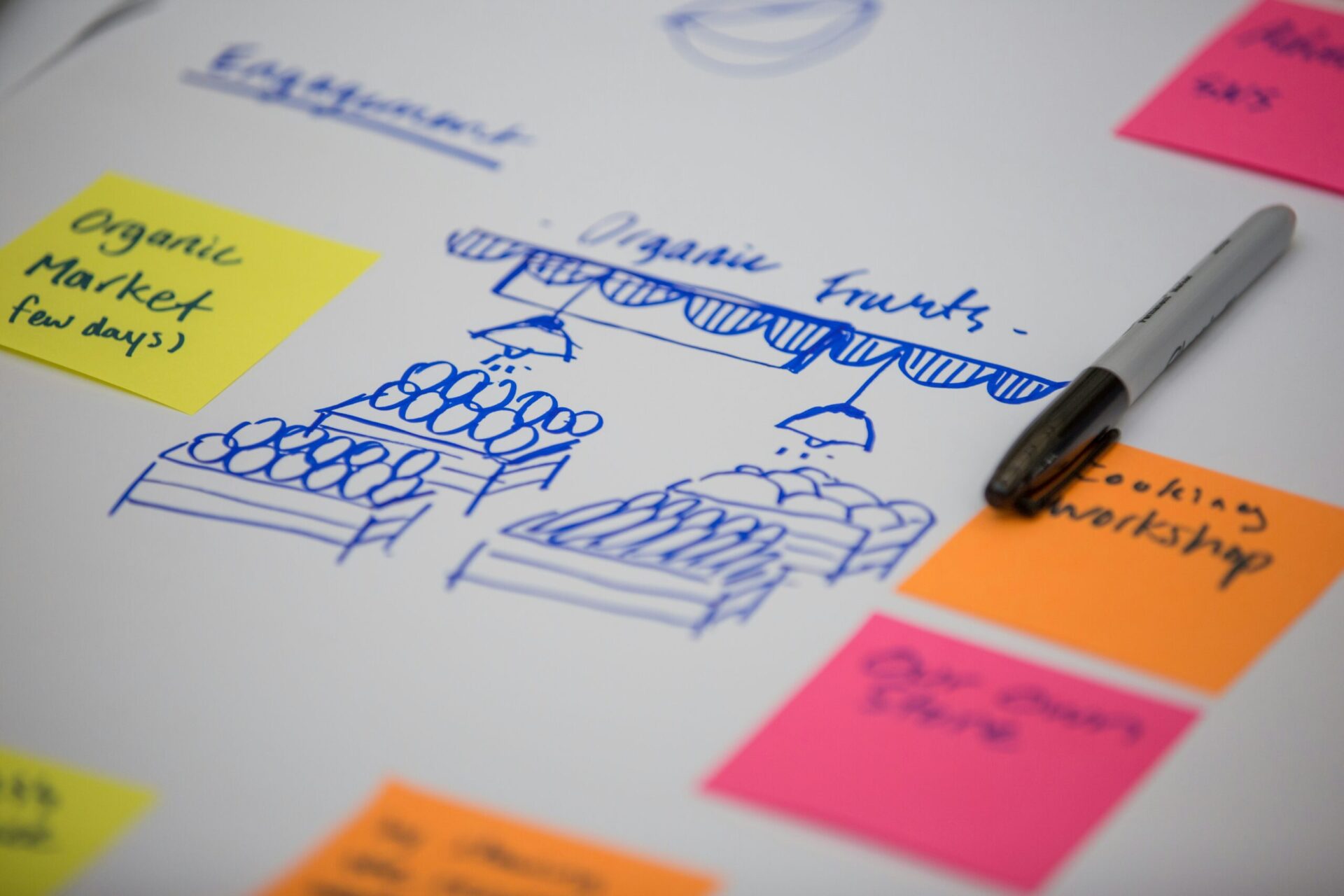The Cognitive Cost of Dashboard Design: Data Visualisation is a Neuroscience Problem

When we think of user experience and the user interface design, these are things that are curated for the efficient placement of fingers, thumbs and clicks. Truth be told, there is a mindless quality that certain applications count on as the cornerstone for their success. Dashboards are different: the design is about an active brain trying to make new connections quickly in an environment that demands a good portion of their attention.
When a senior analyst spends 5 minutes deciphering a quarterly revenue dashboard that should communicate its message in 30 seconds, that’s not a design problem, it’s a business problem. The cognitive overhead of poorly designed data interfaces creates a hidden tax on organisational decision-making, accumulating silently across every interaction, every user, every day.
This tax is measurable, quantifiable, and in most organisations, shockingly expensive.
Neuroscience research reveals something striking: our brains extract a biological cost for every unit of unnecessary complexity. Pupil dilation, a reliable physiological indicator of cognitive effort, increases measurably when users encounter poorly structured dashboards. When a dashboard forces additional cognitive effort, it’s extracting a metabolic price from every user, compromising both the speed and quality of decisions.
Understanding the “Aha Moment” Through Cognitive Load Theory

The “aha moment” in product design is when a user can understand and act on the key mechanics to successfully use and navigate a digital tool. In the case of dashboards, these are mechanics that are typically related to when complex information crystallises into actionable insight. It’s the neurological endpoint that every dashboard should facilitate. Yet cognitive load theory reveals why most dashboards fail to deliver these moments efficiently, or prevent them entirely.
The human brain processes visual information through two distinct pathways, famously described by Daniel Kahneman as System 1 and System 2 thinking. System 1 operates automatically and quickly, enabling rapid pattern recognition. System 2 requires deliberate, effortful mental activity. Effective dashboards leverage System 1 processing, delivering immediate “aha moments” through visual patterns that the brain recognises instantly. Poor dashboards force users into System 2 processing, consciously analysing, comparing, and interpreting what should be immediately obvious.
Consider a hospital emergency department dashboard. A System 1 optimised design displays patient wait times using a colour-coded status system: green for patients seen within target times, amber for approaching thresholds, red for critical delays. A nurse glancing at the screen instantly grasps the situation through pre-attentive processing, the brain’s ability to detect visual properties like colour and size in less than 250 milliseconds. The “aha moment” happens before conscious thought.
Contrast this with a System 2 design displaying the same information as a table of timestamps. Now the nurse must read each entry, calculate elapsed time, compare against target thresholds, and mentally prioritise patients. What should take a quarter-second demands 15 to 20 seconds of conscious calculation. Multiply this across dozens of daily consultations, across hundreds of staff, and the cognitive tax becomes staggering. More critically, in emergency medicine, those extra seconds can mean the difference between timely intervention and deterioration.
Sales dashboards reveal the same pattern. A System 1 design shows quarterly revenue as a large number with a prominent upward arrow and percentage increase, immediately communicating success. A System 2 design presents the same data across separate charts showing this quarter’s revenue, last quarter’s revenue, and year-over-year comparisons, requiring users to mentally calculate the relationships. The insight is identical, but the cognitive path to reach it differs by orders of magnitude.
Manufacturing quality control offers another illustration. A System 1 dashboard uses sparklines, small line charts showing defect rates across production lines with red highlights for concerning trends. Production managers scanning the board instantly spot problem areas through pattern recognition. A System 2 alternative presents defect counts in a table format, forcing managers to mentally convert raw numbers into rates, compare them against acceptable thresholds, and identify which lines require attention. The same data, vastly different cognitive loads, and critically different response times.
This distinction isn’t philosophical. It’s physiological, with measurable consequences for how quickly users move from viewing data to experiencing insight.
Research measuring pupil dilation during dashboard interaction reveals that incorporating data storytelling elements, narrative structure, visual cueing, and contextual scaffolding, significantly reduces the mental load required to reach that “aha moment”. The brain’s working memory can hold approximately four to seven discrete information chunks simultaneously. Every additional data point, metric, or visual element competes for this limited cognitive resource.
The Invisible Tax: Quantifying Cognitive Cost

The financial impact of cognitive inefficiency scales with organisational complexity. A multinational retail organisation with 200 regional managers analysing weekly performance dashboards illustrates the magnitude. Poorly optimised dashboards averaged 12 minutes to insight, whilst cognitively optimised versions achieved the same in just three minutes. This nine-minute difference translates to 1,560 hours of annual productivity recapture, worth £72,000 at a £46/hour blended rate.
This excludes improved decision quality from reduced cognitive fatigue, increased consultation frequency (users avoid cognitively expensive tools), reduced error rates under cognitive strain, and opportunity costs of delayed responses to emerging issues.
The adoption penalty compounds these costs. Healthcare systems implementing new analytics platforms typically see 40 to 60% adoption rates within the first year, not resistance to change, but neurological self-protection. Users unconsciously avoid tools imposing excessive mental effort. For a hospital network investing £400,000 in business intelligence, the difference between 45% adoption (£889 effective cost per active user) and 75% adoption achievable with cognitive optimisation (£533 per user) represents a 40% reduction in per-user acquisition cost.
Time-to-Aha as Competitive Advantage

In data-saturated industries, competitive advantage emerges not from having more data, but from processing it more efficiently. The “aha moment”, when insight crystallises into action, becomes one of the most important metrics for the dashboard’s success. Reducing the cognitive load between data exposure and that moment of clarity becomes a measurable competitive differentiator.
An online retailer with 40 category managers implemented cognitive optimisation for inventory decisions. Decision time reduced from 18 to seven minutes per category, whilst “aha moments” per session increased from 0.8 to 2.3, meaning users gained multiple insights per consultation rather than struggling to find even one. Daily decisions per manager increased from 3.2 to 7.1, inventory turn rate improved from 4.8× to 6.2× annually, and stockout rate reduced from 6.7% to 3.1%. The total annual impact reached £8.97M, including £6.49M in freed capital and £2.48M in revenue recapture.
The retailer attributed competitive advantage not to superior algorithms or data, but to cognitive efficiency enabling managers to experience decisive insights faster than competitors. The time between viewing data and experiencing the “aha moment” that triggers action became their strategic differentiator.
The Strategic Imperative

Organisations should audit their analytics portfolio with the same financial rigour applied to software licensing. The accumulated cognitive tax across 500 regular dashboard users, each spending an unnecessary 10 minutes daily navigating poorly optimised interfaces, totals 2,000 hours annually. Organisations investing in cognitive optimisation report returns ranging from 400% to 1,200%, with payback periods typically under six months.
The research evidence is unambiguous. Thoughtful design elements like data storytelling, visual hierarchy, and progressive disclosure reduce cognitive load, clearing the path to insight. The question isn’t whether a dashboard can display every conceivable metric. It’s whether an organisation can afford the cognitive cost of delaying or preventing the “aha moments” that drive action.
Design restraint isn’t the enemy of business value. It’s the mechanism through which business value becomes neurologically accessible, transforming data from overwhelming noise into rapid moments of clarity that drive decisive action. The competitive landscape increasingly favours organisations processing information faster and more accurately than competitors. In that context, cognitive optimisation isn’t a design consideration. It’s a strategic imperative with measurable ROI that compounds across every user, every day, every decision, and every “aha moment” that transforms insight into competitive advantage.
❤️ Big thanks to Tim Gouw, Ben Sweet, Balázs Kétyi, Jakub Żerdzicki and Minseok Kwak on Unsplash for their photos